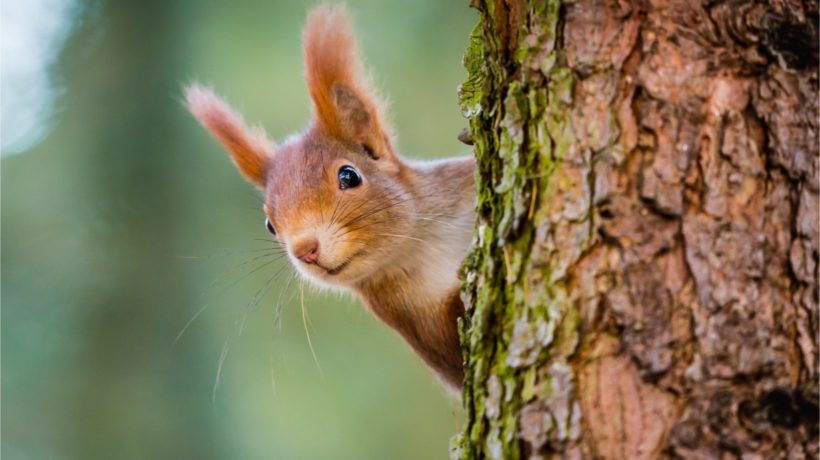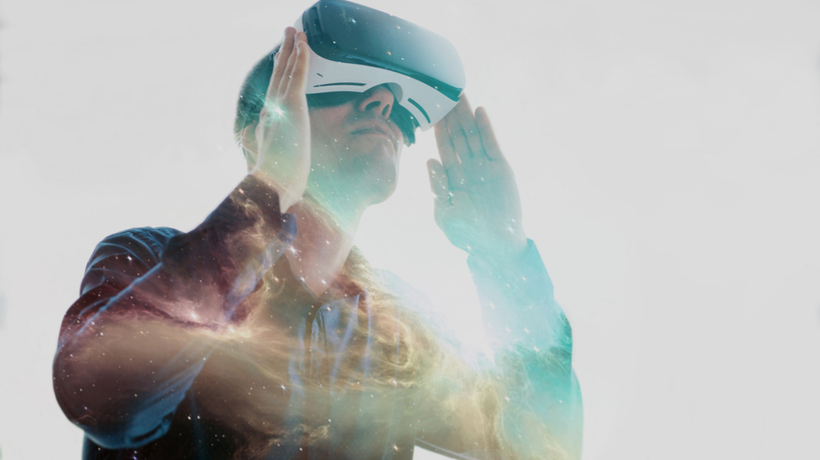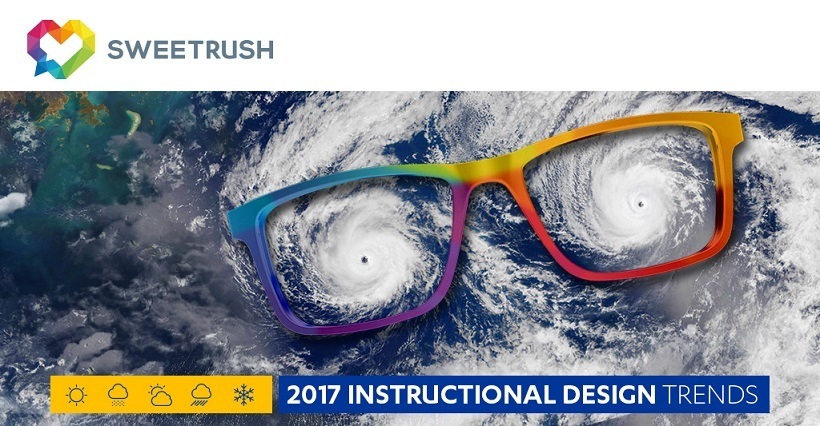Follow These 2018 Web Design Trends For A Better User Experience
Cohesive experiences were predicted in 2017 and became a necessity soon. Many other web design trends originated several months ago and are now improving and penetrating the mainstream.
In today’s creative and advanced World Wide Web, users expect innovative and sophisticated designs. The pioneering UX consultancy ‘Clearleft’ co-founder, Andy Budd thinks the subtle shift to digital service design from UX design that is going to grow. And as a result, we are going to experience more innovations in the field of digital design this year.
So, according to the future predictions of leading designers and strategists, web designing is evolving every single day with distinct developments. It is necessary for us to aware of and stays ahead of the curve. Let's have a look at the following:
1. Creative Layouts
The release of CSS Grid in 2017 is a milestone in web design. With this, the designers will have a level of control over the rendering of elements on a webpage for the first time. Over the past 20 years, the evolution and maturation of CSS allow the users to use the properties like feature queries and enables to present a different design based on the specific features of particular user browser supports.
Nearly 80% of people accessing the web use a browser that supports CSS Grid. Other specific-layout properties like CSS Shapes, Flexbox, and Writing-mode also become even more popular. Users wish to see more creative and productive layouts that utilize concepts of Graphic Design including vertical whitespace and overlap, yet still dynamically feasible layout on older browsers.
2. Variable Fonts
Variable fonts enable the possibility to tailor the width of the character for various screen sizes and languages, to provide better text grade adjustment both foreground and background contrast.
Better line length for users with low-light scenarios and with optical character size represented at smaller sizes for better usability.
3. Artificial Intelligence
Voice User Interfaces and chatbots (conversational UIs) were trending in 2017. Many of these interfaces aren’t driven by Artificial Intelligence (AI). There are a lot of articles, case studies, and talks on the intersection between AI and UX design, and is the most notable intersection in the field of robotics and finally, the UI is headless. An expert AI bot is not entirely feasible and exists distinct milestones ahead. It is an agent-assisted one follows a viable approach. It can handle all kinds of user requests to a greater extent that the user cannot identify whether they are talking to a human or not. It tries to fulfill the claims of the users, and in case it doesn’t know how to handle that, a human has to take over. These chatbots which are powered by AI not only replace a human being—but for the need to sleep—, but they are also time-saving, plus they offer solutions. With all these benefits, they stood, and still do stand at the top in the world of web design.
4. Ethical Designs
Inclusive and sustainable designs indicate broader design movements. The ethics are becoming more and more critical and are often designed to interrupt, encourage digital addiction, and distract quite dramatic consequences. The field experts to foster the adoption of web designing have created a framework called Ethical Design. This conceptual framework allows designers and their teams to develop systems, products, and services that do not harm human situations. They extend to the users and other living things in the way that is involved in the lifecycle of the system, product, and service.
5. Brand Experience
A website is the first medium of a brand to interact with the customer and is an extension of the brand to attract customers. Implementing new trends is an excellent source for creating inspiration and for generating a fresh experience and best ways to connect with the customers. Developing a website seamless brand experience of a website consumes a lot of time. A compelling web brand experience must include uniform narrative and well-targeted woven across each customer touch point. There is no sure-shot strategy to building and communicating a brand experience for better success rates. Understanding and using a transparent process helps him to develop an immense amount of clarity and direction.
6. The Power Of Storytelling
The primary way to absorb, store, manage, access, and communicate information as well as to connect with others is through stories. It is a fact that our brains respond to content just by looking for the story that perfectly explains the situation and helps to create mental models, narratives, and cognitive maps. For any website and digital media, storytelling isn’t about only content and can be delivered on multiple levels to communicate efficiently. This must be leveraging all web designing aspects and blend them carefully into a beautifully recounted comprehensive package.
Conclusion
The crucial thing to consider is that advanced web design not only focused on websites but accessed on desktop or mobile. The web designers have to see on a broader angle and make decisions by following the evolving trends. The techniques should be applied based on how they affect the brand experience on the whole.









